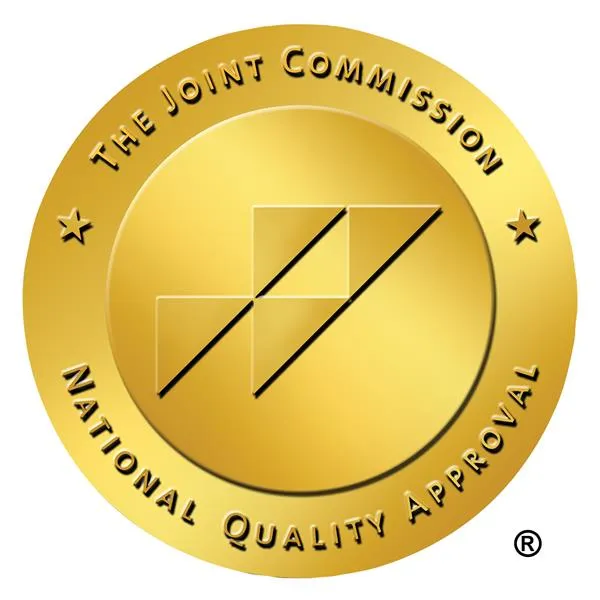One of the perks of being a travel nurse is the opportunity to explore stunning places, which is perfect for those who want to dip their toes into travel photography. Travel photography is an excellent way to express your creativity, tell compelling visual stories, and capture memorable moments. For journaling or social media travel posts, mastering travel photography is key to showcasing your creativity.
If you’re interested in capturing snapshots on your next travel assignment but don’t know where to begin, we’ve got you covered! This article provides helpful travel photography tips for beginners to help you make the most of your trip and take photos with confidence and joy.
Work with what you have
You don’t have to buy a professional camera to take great travel photos. Nowadays, most phones have photography and editing features that can allow you to take high-quality travel photos. Phones are convenient to bring everywhere, allowing you to practice taking photos anytime and anywhere and honing your skills further.
If and when you feel that you’re ready to explore new photography tools, such as mirrorless cameras or DSLRs, take your time and do your research before making a purchase.
Understand your camera’s settings
To make the most of your journey into travel photography, it’s crucial to learn the basics of photography, regardless of whether you’re using your phone’s camera or a compact digital camera. Here are some important photography elements you should understand:
- Aperture: This refers to the opening through which light enters the lens, affecting a photo’s exposure and depth of field. Aperture is denoted by f-stops.
A larger f-stop (such as f-1.4) means that the lens opening is wider. When the lens opening is wider, the depth of field is shallower. So, for example, if you’re taking a photo of a person with a field of flowers in the background, only the person in the foreground will be in sharp focus in the photo, and the field in the background will appear blurry or bokeh. This is ideal for taking portraits or close-up shots.
Meanwhile, with a smaller f-stop (such as f-16), the lens opening is narrower. This leads to a broader depth of field. Using the example above, if you’re taking a photo with a small f-stop, both the foreground (the person) and the background (the field of flowers) will be in focus. This is great for taking photos of landscapes and architecture.
- ISO: This photography element dictates the amount of light your camera lets in, which affects the lightness or darkness of your photos. If you’re taking photos outdoors during the daytime, a smaller ISO is ideal, such as ISO 100. Because there’s a lot of light when you’re taking photos, it’s important to control the amount of light to create photos with as little noise and grain as possible. Nighttime shoots would need higher ISOs, such as ISO 1600, because your photos would need as much light as necessary.
- Shutter speed: This refers to the speed at which the camera’s shutter closes, which helps dictate the amount of light that enters the camera. A fast shutter speed (such as 1/1000) can help capture frozen moments in time, and is typically used by sports and wildlife photographers. Meanwhile, a slow shutter speed (1/8) can show motion blur, which is helpful to use (along with a tripod) when photographing light trails and cityscapes at night.
Be prepared
Make sure that your photography gear is complete and ready for a day of taking photos. If you’re using a digital camera, make sure that your batteries are charged. If you have different lenses, ensure that you’re bringing the right lens for what you’ll be taking photos of.
It’s also a great idea to look up places you’d like to visit beforehand. Doing so will allow you to make the most of the place you’ll be photographing. For example, if you want to take photos at New York’s Times Square, to make the most of the bright lights, you may want to go there at twilight. Meanwhile, if you want to take beautiful photos at a national park or the beach, shortly after sunrise or before sunset is best.
Make sure that you’re wearing comfortable shoes (if you plan on walking long distances to take photos) and that you’re wearing the right clothes for the weather.
Don’t bring everything
When you plan on walking long distances for travel photography, bringing a heavy bag full of photography gear won’t be conducive to taking great photos — it will tire you out and make you less inconspicuous. Bring a lightweight bag that contains all your travel photography essentials: If you’re using a digital camera, bring batteries, memory cards, and lens wipes. If you’re using a phone, a portable power bank is a great thing to bring.
Finally, remember that the essence of travel photography lies in capturing the spirit and atmosphere of the places you visit. Take your time to find unique angles and moments, and let your creativity flow. We hope that these tips can help you channel your inner photographer and be the start of your photography journey.

